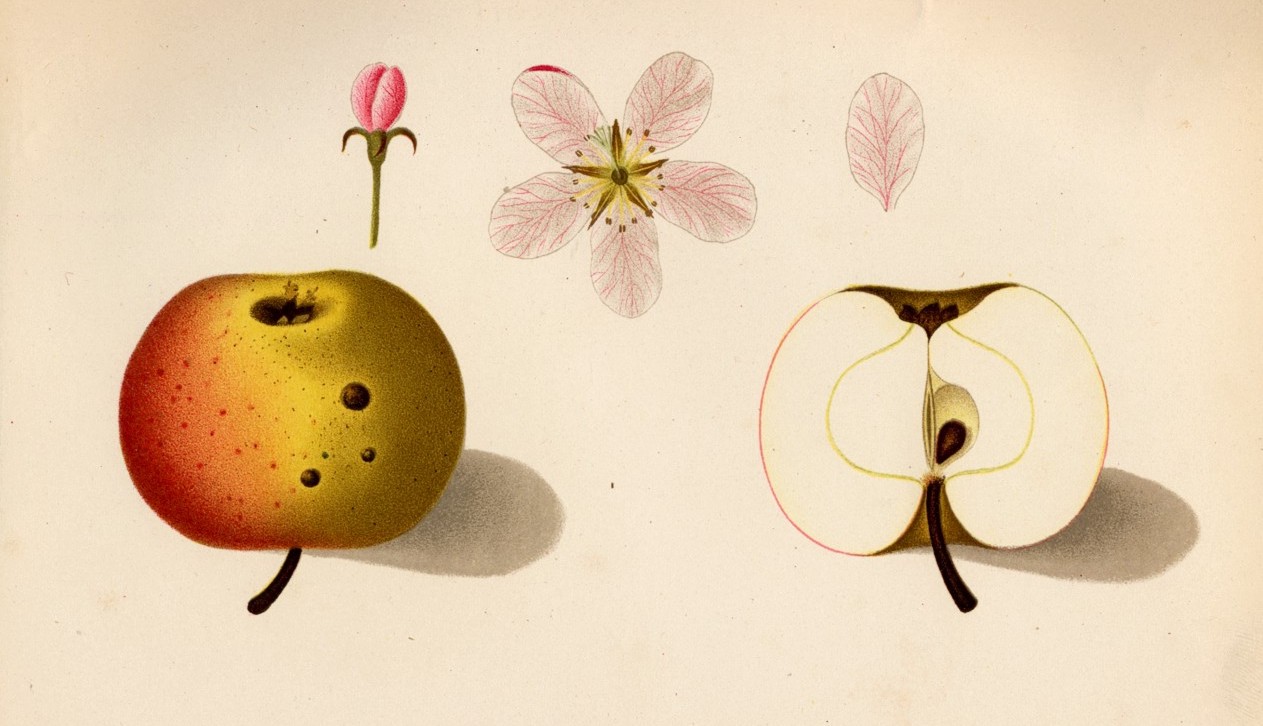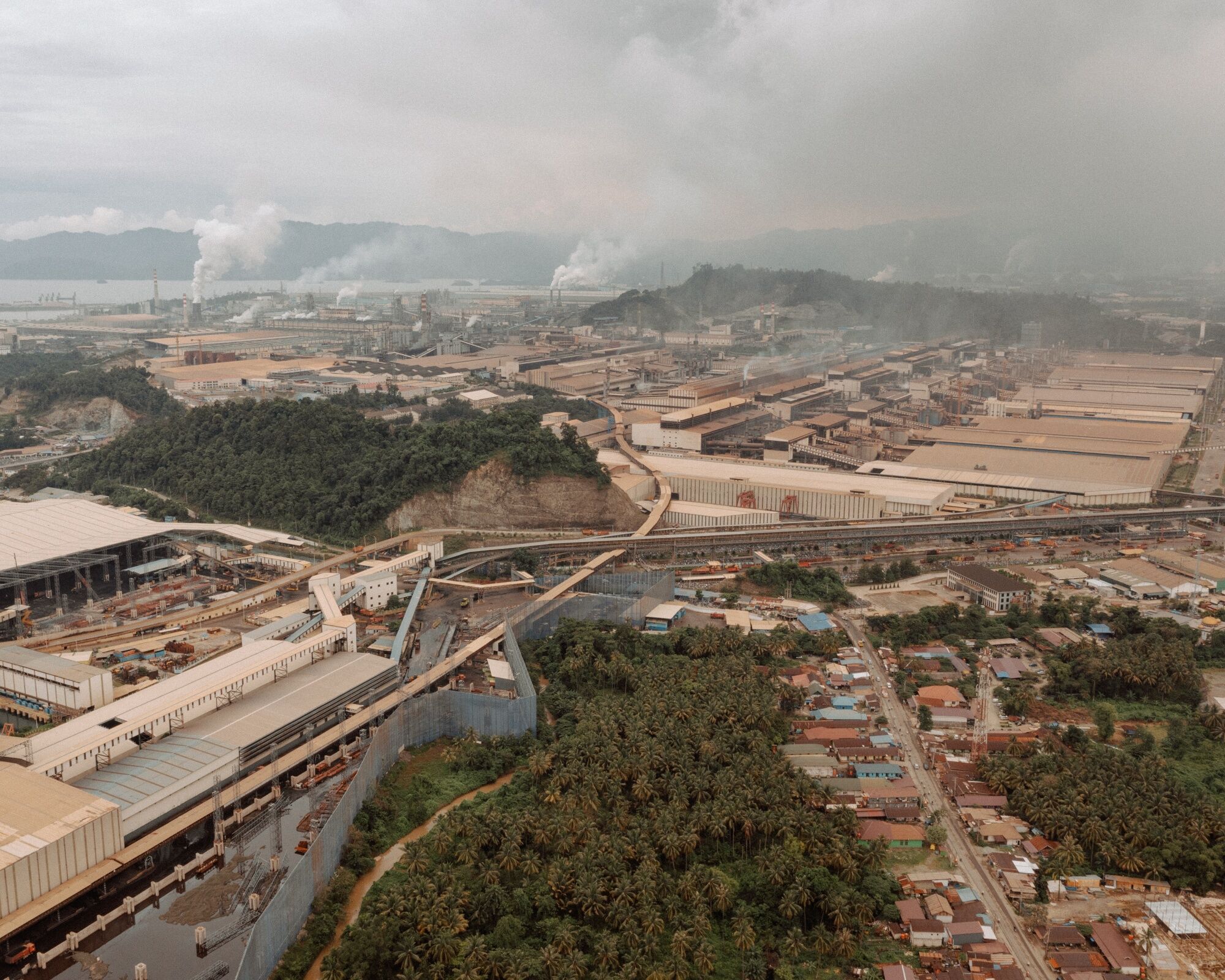If you’ve been enjoying these curated article summaries that dive into cultural, creative, and technological currents, you may find the discussions and analyses on our Substack page worthwhile as well. There, I explore themes and ideas that often intersect with the subjects covered in the articles I come across during my curation process.
While this curation simply aims to surface compelling pieces, our Substack writings delve deeper into topics that have piqued our curiosity over time. From examining the manifestation of language shaping our reality to unpacking philosophical undercurrents in society, our Substack serves as an outlet to unpack our perspectives on the notable trends and undercurrents reflected in these curated readings.
So if any of the articles here have stoked your intellectual interests, I invite you to carry that engagement over to our Substack, where we discuss related matters in more depth. Consider it an extension of the curation – a space to further engage with the fascinating ideas these pieces have surfaced.
The lessons of the last economic crisis always loom large.
Following the Great Recession, a consensus began to build that America hadn’t done enough to stimulate the economy through the early 2010s. A slow recovery meant people were languishing in unemployment, creating long-running problems for themselves and the broader economy.
But when you do too much to stimulate a contracting economy, you can get skyrocketing inflation.
By the time the COVID-19 financial crisis hit, the conventional orthodoxy had been that the government should do much more to prevent long-term unemployment. And it did. America surpassed its allies in stimulus spending. The economy came roaring back—and so did inflation.
While inflation has been the primary story of the COVID-19 economic recovery, pro-worker advocates have also stressed the positives: Workers have seen fantastic gains. Over the last few years, as demand for employment skyrocketed, employees got to be choosy. What bosses called the Great Resignation was actually workers having the power to demand better wages and working conditions, as well as the willingness to quit jobs that wouldn’t offer those things.
Read the rest of this article at: The Atlantic
In November, 1977, on a still-sticky evening along Louisiana’s Gulf Coast, the Austrian economist and philosopher Friedrich Hayek boarded a flight bound for Chile and settled into his seat in first class. He was headed to the Valparaíso Business School, where he was scheduled to receive an honorary degree. Upon arrival in Santiago, the Nobel laureate was greeted at the airport by the dean of the business school, Carlos Cáceres. They drove toward the Pacific Coast, stopping for a bite to eat in the city of Casablanca, which had a restaurant known for its chicken stew. After their meal, they steered north to Viña del Mar, a seaside resort city in Valparaíso, where Hayek would take long walks on the beach, pausing now and then to study the stones in the sand.
To the casual observer, it seemed like a typical autumnal recessional, the sort of trip that illustrious scholars enjoy at the end of their careers. This one had a wintrier purpose. In addition to being a fan of Hayek, Cáceres sat on a special board of advisers to the military dictator Augusto Pinochet, who had overthrown Chile’s democratically elected Socialist leader, Salvador Allende, in a violent coup four years earlier. Cáceres would go on to serve as Pinochet’s central banker, finance minister, and interior minister. He helped design the country’s 1980 constitution, which nested a neoliberal economy in the spikes of an authoritarian state. Like many of his market-minded colleagues in the regime, Cáceres wanted the world to see the dictatorship—steeped in kidnapping, torture, and murder—as he saw it: on the road to freedom. A visit from Hayek, an internationally renowned theorist of capitalism and liberty, might help.
If Hayek had any qualms about his role, he did not express them. To the contrary: after a personal meeting with Pinochet, the philosopher told reporters that he had explained to the tyrant that “unlimited democracy does not work.” Pinochet “listened carefully” and asked Hayek to send his writing on the topic. Hayek had his secretary mail a chapter from his forthcoming book, the third volume of “Law, Legislation and Liberty,” which included a discussion of emergency rule. After commending the dictatorship for not “being obsessed with popular commitments or political expectations of any kind,” Hayek reported to the media that “the direction of the Chilean economy is very good,” and “an example for the world.” The regime, Cáceres later told Hayek, welcomed his words.
Read the rest of this article at: The New Yorker
One June afternoon, I found myself idling about a meadow at the top of a forest in the northwest of the Pacific Northwest. I ate a rough lunch and slept, hands in pockets and cap on face. When I awoke, the sun was still high and the bees buzzed and the meadow kept its drowsiness on me—and so I opened a book of essays I’d been carrying around for the better part of a week and turned to Henry David Thoreau’s 1862 essay “Wild Apples,” one of his last, a praise song to extended metaphor.
The essay opens plainly with exactly what it is, a conjecture that “the history of the apple–tree is connected with that of man.” Thoreau launches into a history of the apple, beginning with its classical lineage in Greece and Rome—fruit the gods competed to procure—and on through a discussion of the natural history of this most “humanized” of fruits. The cultivated apple, he says, emigrated with humans to the Americas—but the true wild apple is the indigenous crab, which Thoreau holds above all others. Wild apples, he says, are best taken with the “sauce” of the “November air”; indoors, they are too sour for words. The tang and smack of the wild apple is an acquired taste, not for farmers or townsfolk but meant for the special outsiders: errant boys, walkers like Thoreau, the Indian or “the wild-eyed woman of the fields.” Thoreau prefers an apple forest of cultivars gone to seed (as he so understands himself) growing alongside the indigenous crab apple: in this he finds a good American cider. But it certainly did not appear that things were headed that way in 1850, and so the essay is a lament. His notes on the truly wild apple are from memory rather than recent observation. Trees, by the mid-nineteenth century, are no longer free but are private property requiring purchasing, and so farmers are apt to claim the forest of the crab apple for farmland and grow cultivars in a “plat” by the house, where no saunterers, scalawags, witches or “Savages” may gain the gleanings. Says Thoreau: so goes the wild apple, so goes society.
Read the rest of this article at: The Point
Only a few bones remained and there was no clear cause of death.
In the realm of murder cases gone cold, this was a challenging one — even for Kelly Siegler, a veteran prosecutor from Houston, Texas, with a nearly perfect conviction record and an evangelical fervor for solving cold cases using circumstantial evidence.
There were a few facts to start with. Twenty-nine-year-old Margie Pointer had disappeared in 1987. What was left of her was found in a ravine near Alamogordo, New Mexico, 17 years later. Despite the best efforts of a local cop haunted by the case, it remained unsolved. The Alamogordo Police Department needed help, and Siegler, star of the true-crime reality show “Cold Justice,” was there to answer the call.
Siegler arrived in town with her co-stars, Yolanda McClary, a former Las Vegas crime scene investigator, and Johnny Bonds, a retired Houston homicide detective. They had their work cut out for them, but there was an additional hurdle: “The statute of limitations for second-degree murder has run out,” Siegler explained at the start of the episode. “So our job this week is to see if the evidence warrants a first-degree murder.”
“A first-degree murder in New Mexico has to be committed in a willful and deliberate way,” she went on. “Since we don’t have a crime scene or any DNA, we’re gonna need to find witnesses who can show that it was committed in a willful or deliberate way.”
In other words, determining what happened to Pointer wasn’t the aim so much as ensuring they landed on a scenario that would make her alleged killer eligible for punishment.
In the world of “Cold Justice,” identifying new suspects isn’t what Siegler and her team are there to do. Instead, they arrive in town with the objective of wrapping up a cold case within a week. They always have a couple of suspects in mind, individuals the local cops have previously investigated. In Alamogordo, they quickly latched onto Pointer’s former co-worker, a man with whom, rumor had it, she was having an affair. The day Pointer went missing, he showed up at a friend’s cabin 4 miles from where her bones were later found with a hurt thumb and a scratch on his cheek. In the absence of a body, cause of death, or any other physical evidence, these injuries convinced Siegler that she knew how Pointer had met her demise.
At the Alamogordo Police Department, Siegler reenacted her theory of the murder. She and Bonds demonstrated how Pointer could have been strangled to death and her attempts to fight back could have produced the injuries found on their suspect. With his hands around Siegler’s neck, Bonds explained that Pointer would have tried to pull the killer’s thumb off her throat. Siegler, pulling his thumb with one hand, reached toward his cheek with the other. “Scratch, scratch,” she said. Bonds said it would take 15 to 20 seconds for Pointer to black out and at least another minute to kill her.
“A minute and a half of consistent pressure without letting go, never changing your mind,” Siegler said. “How is that not deliberate?”
“All right, sounds good,” the police investigator said. They decided to take it to the district attorney.
Read the rest of this article at: The Intercept
Early in the morning last Christmas Eve, Chinese and Indonesian workers prepared for a maintenance operation at the Indonesia Morowali Industrial Park. A complex of factories, smelters and power plants on the island of Sulawesi, IMIP erupts in a tangle of pipelines and smokestacks that belch particulates into the tropical air. The bulk of the tens of thousands of employees live just outside its walls, migrants to a hastily built city of plywood and sheet metal shanties that shelter motorbike shops and dingy rooming houses.
The workers had been tasked with fixing a submerged arc furnace, which melts nickel ore at temperatures around 1,400C (2,552F). Over time the residue of this process, known as slag, can build up, and the furnace overheats. On this day the plan was to replace heat-damaged bricks in the inner chamber and remove slag. With the furnace turned off, a technician began slicing into its steel shell with a flame cutter, to allow access to the interior. But someone had miscalculated: The slag inside hadn’t cooled enough. In fact, it was still molten.
The slag surged out from the cut, and the wall of the furnace collapsed. According to people familiar with the incident, who asked not to be identified discussing nonpublic information, acetylene canisters left nearby—used to fuel the flame cutters—started to explode from the surging temperature. The workers trying to contain the damage were hamstrung by communication difficulties, with virtually none of the Chinese staff able to speak fluent Indonesian, and vice versa.
As the sun rose, flames licked at the exterior of the factory building, which billowed with dark smoke. Workers tried frantically to aid their colleagues, many of whom had severe burns. Screaming for help, one group hoisted a blood-covered man into the bed of a pickup truck, which was already crowded with other victims. The onsite medical clinic was overwhelmed: Still in their tan uniforms, injured men lay on the floor, crying out in pain as nurses attended to those they could. By early afternoon, a dozen employees were confirmed dead, with many more in need of intensive care. The toll would soon rise to 21 men: 8 of them Chinese, 13 Indonesian.
One of the dead was Taufik, a 40-year-old mechanic from another part of Sulawesi. (Like many Indonesians, he used only one name.) Quiet and serious, he’d worked at IMIP for six years, and with overtime could earn about 8 million rupiah ($500) a month—a respectable wage in rural Indonesia. But he found the job exhausting and had been thinking about quitting to return to his wife, Ice Firawati, and their children, who’d stayed behind in his home village. On Christmas Eve, Ice had set out to visit him, a 15-hour journey by car and ferry. She was on the road when one of his friends called to tell her that Taufik was among the victims.
Read the rest of this article at: Bloomberg





